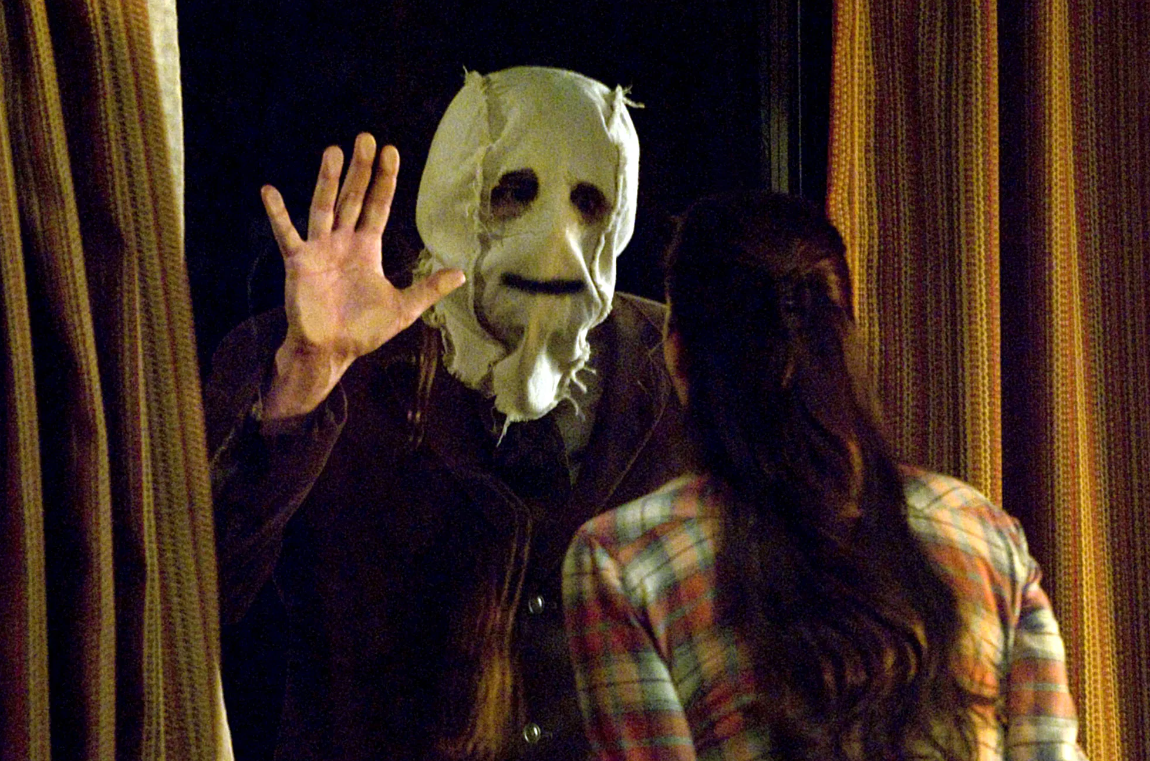The realm of horror cinema is a diverse landscape where filmmakers masterfully manipulate our deepest fears and plunge us into the unknown. In this abyss of fear, four films stand out as unparalleled journeys into the macabre, leaving audiences trembling in their seats.
First on our nightmarish journey is “The Conjuring,” directed by James Wan. This chilling tale, inspired by real-life paranormal investigators Ed and Lorraine Warren, takes us into the haunted Perron family farmhouse. Wan’s expertise in crafting tension and his keen sense of atmosphere elevate this film beyond mere scares. With spine-tingling visuals and a narrative rooted in supernatural dread, “The Conjuring” delivers an immersive horror experience that lingers long after the credits roll.
Next, we step into the unsettling world of psychological horror with Darren Aronofsky’s “Black Swan.” Blurring the lines between reality and delusion, the film follows the harrowing transformation of Nina Sayers, played by Natalie Portman, as she pursues perfection in the cutthroat world of ballet. Aronofsky’s intense direction and Portman’s riveting performance create a disturbing dance of psychological horror that transcends traditional genre boundaries.
Venturing further into the horror tapestry, we encounter Jordan Peele’s “Get Out.” This groundbreaking film skillfully weaves social commentary into its horror narrative, addressing racism with a terrifying and satirical touch. Peele’s directorial debut demonstrates a keen understanding of both horror tropes and societal fears, resulting in a film that resonates on multiple levels. “Get Out” is a testament to the genre’s power to provoke thought while inducing bone-chilling terror.
Our final descent into horror greatness leads us to “A Quiet Place,” directed by John Krasinski. This innovative thriller introduces a world where silence is the key to survival in the face of mysterious creatures that hunt by sound. Krasinski’s masterful use of silence as a narrative tool creates an intense and immersive experience, showcasing the terror that can arise from the absence of sound. With its unique premise and gripping execution, “A Quiet Place” redefines the horror genre and leaves audiences breathless.
In conclusion, these four films exemplify the diversity and brilliance within the horror genre. Whether delving into the supernatural, navigating the intricacies of the human mind, confronting societal fears, or exploiting the power of silence, each film offers a unique and unforgettable journey into the abyss of fear. Together, they reaffirm the enduring impact of horror cinema as a genre that not only terrifies but also challenges and provokes thought in the most captivating and spine-tingling ways.
These masterful horror films—from the haunted isolation of The Conjuring to the silent terror of A Quiet Place—thrive on atmospheric settings like remote farmhouses, eerie theaters, and desolate rural landscapes that amplify every scare. If you’re inspired to bring that same cinematic dread to life in your own backyard this Halloween, transform a simple cornfield into a heart-pounding nightmare with our guide Halloween Night at the Maze: Turning Your Cornfield into a Horror Movie Set. It offers practical tips on lighting, props, sound effects, and themed zones to recreate iconic horror vibes—perfect for turning your property into the ultimate haunted attraction that rivals the big screen!
